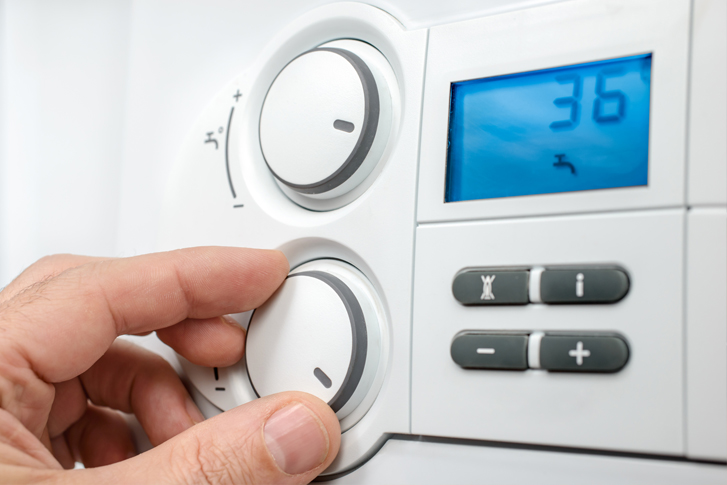
How to increase the pressure on a boiler
Low boiler pressure can be a cause for concern for many homeowners, as low pressure means your boiler may not be able to heat your home effectively. However, the good news is that it’s usually easy to fix yourself, without the help from a professional heating engineer. Here’s our quick and handy guide on how to spot and fix low boiler pressure so you can be back to normal as soon as possible.
How do I know if I have low boiler pressure?
The first sign that people usually notice is their radiators not heating up as expected, or a lack of hot water. If this is the case, check your boiler’s pressure by locating your control panel or pressure gauge reading, which is typically located on the front of your boiler or under the control panel. If you can’t find it, take a look at your instruction manual or give your local heating engineer a call. In most cases, if the pressure reading is below 1 bar, it indicates low pressure. Ideal boiler pressure usually measures between 1 and 2 bars. Any higher than 2 indicates high boiler pressure.
It’s useful to periodically check your boiler pressure reading throughout the year so you can get to know what normal boiler pressure looks like for you.
Is low boiler pressure dangerous?
Low boiler pressure doesn’t pose an immediate risk, although you may find yourself with reduced heating or hot water availability. You might also find your pipes are more prone to freezing in cold spells if the pressure is low.
Low boiler pressure can usually be fixed using our handy guide below, but if it is a recurring issue it could be a sign of a more complex underlying problem that requires assessment from a heating engineer. Getting it sorted as soon as you can will help prevent any larger issues or costly repairs further down the line, and will keep your central heating system running efficiently.
What causes low boiler pressure?
Bleeding your radiators can lead to a drop in boiler pressure due to trapped air pockets.
It can also be caused by leaks within the heating system, including pipework, radiators, or the boiler itself, so it’s important to check for any damp of wet patches. Occasionally, low boiler pressure is caused by issues with automatic air vents or a faulty pressure relief valve.
How to increase the pressure on a boiler
Turn your boiler off and allow it to cool down.
Next, locate the filling loop. Most boilers have a filling loop, which is a flexible hose connecting the boiler to the water supply. The filling loop usually has two valves that need to be opened to allow water into the system.
Open the valves: Carefully open both valves on the filling loop to allow water to enter the system.
Monitor pressure: As the water enters the system, keep an eye on the pressure gauge. The typical pressure range for a boiler is around 1 to 1.5 bar, but it’s important to refer to the manufacturer’s guidelines for your specific boiler model.
Close the valves: Once the pressure gauge indicates the correct pressure, carefully close both valves on the filling loop.
Turn on the boiler: After checking that the valves are closed, you can turn the boiler back on and ensure that it operates within the normal pressure range.
How to re-pressurise a Worcester Bosch boiler
Most modern combi-boilers use the method above, but other boiler such as Worcester Bosch use a slightly different method.
When looking to increase boiler pressure using an internal filling loop with a key, the process generally involves locating the filling key or lever under the hatch on the underside of your boiler. Push the key into the filling link and turn the white square clockwise to allow cold mains water into the system, monitoring the pressure gauge to achieve the recommended level.
Need a hand? Is your boiler pressure low? Call our team and we’ll be happy to help!

